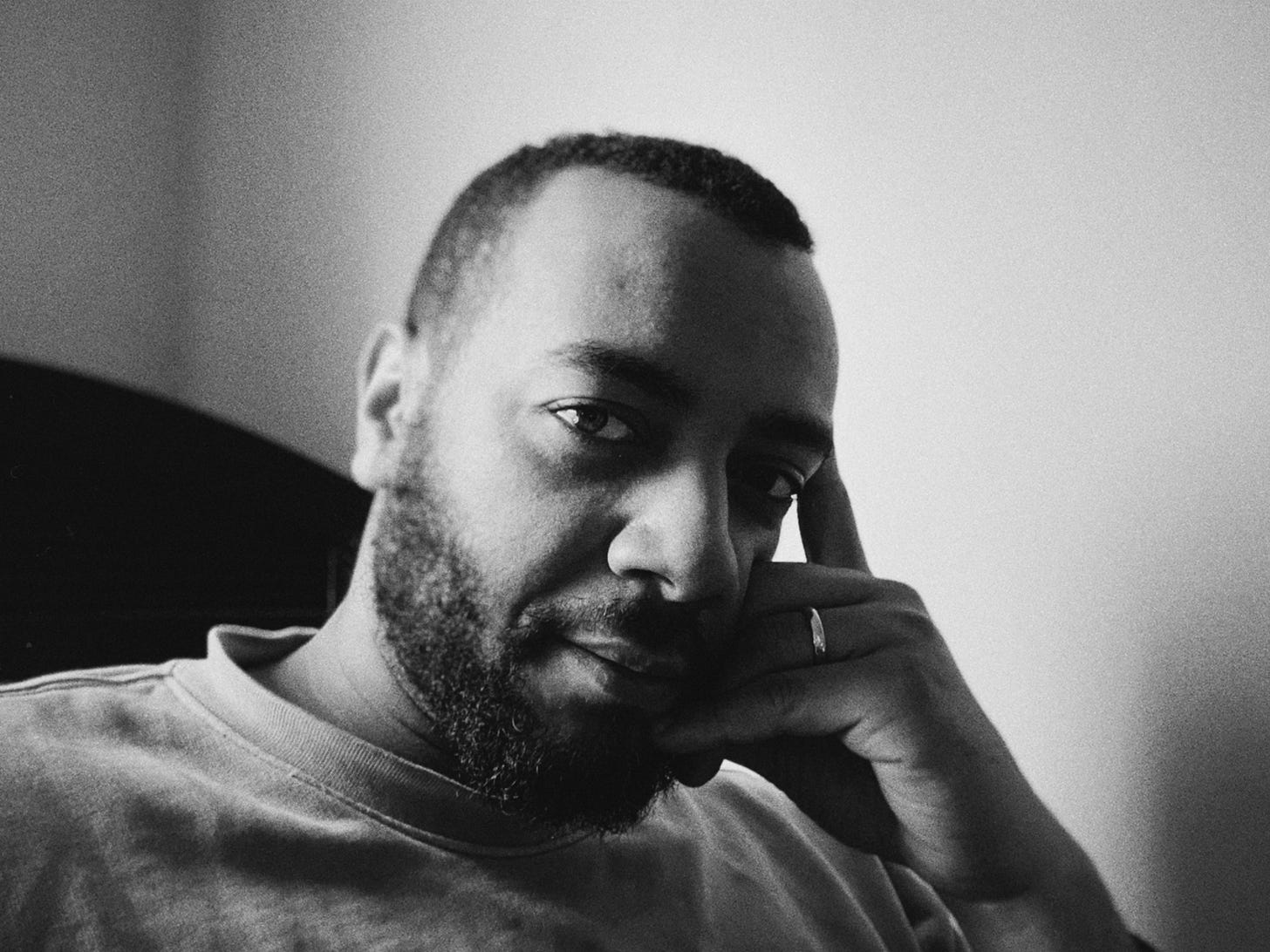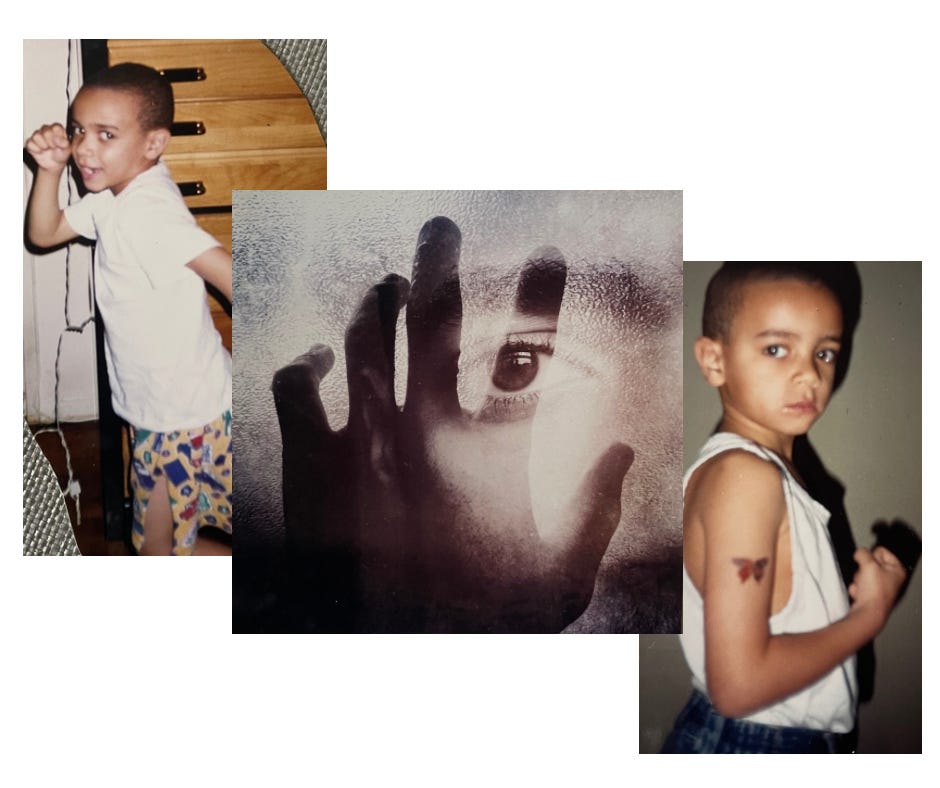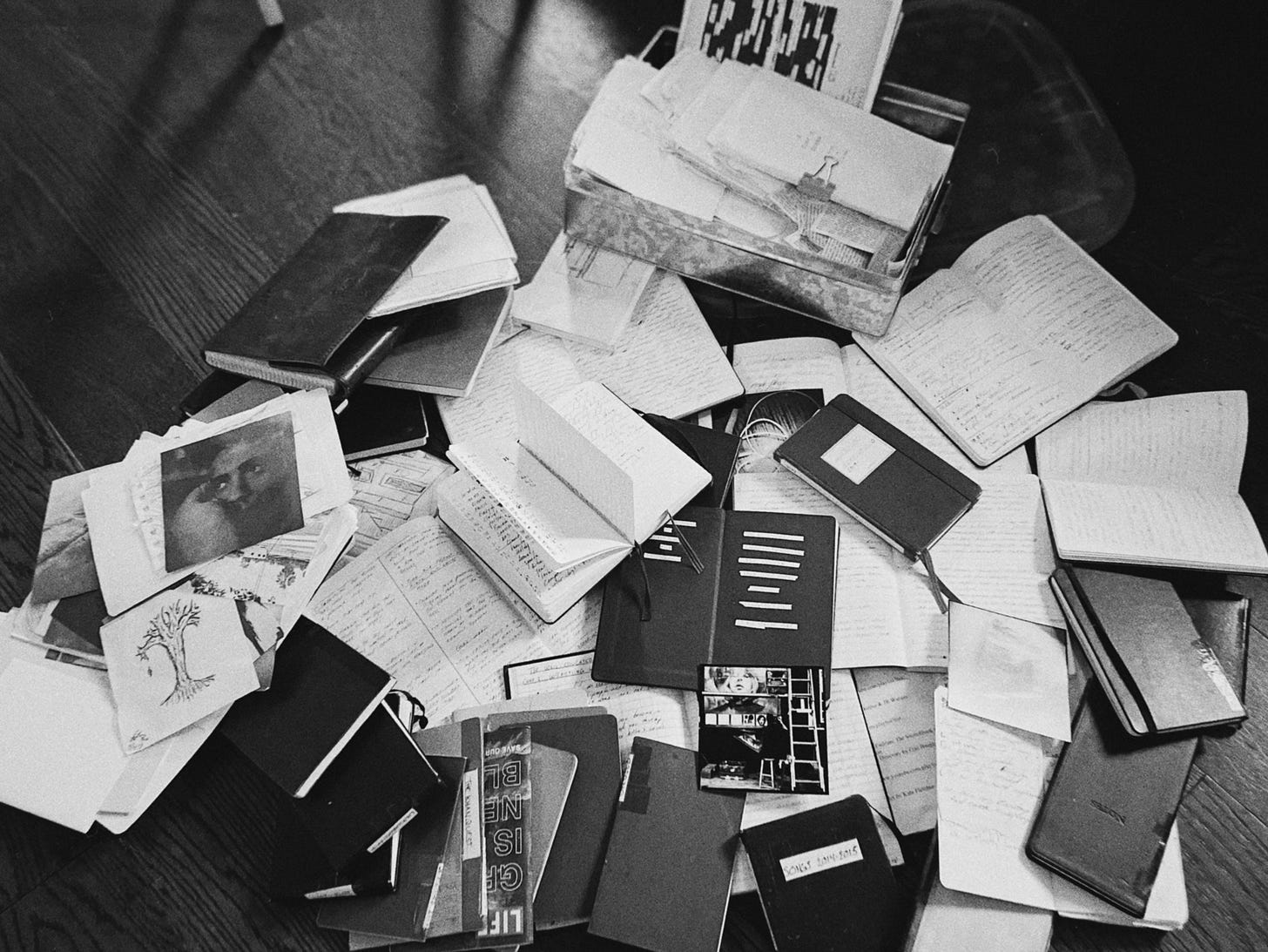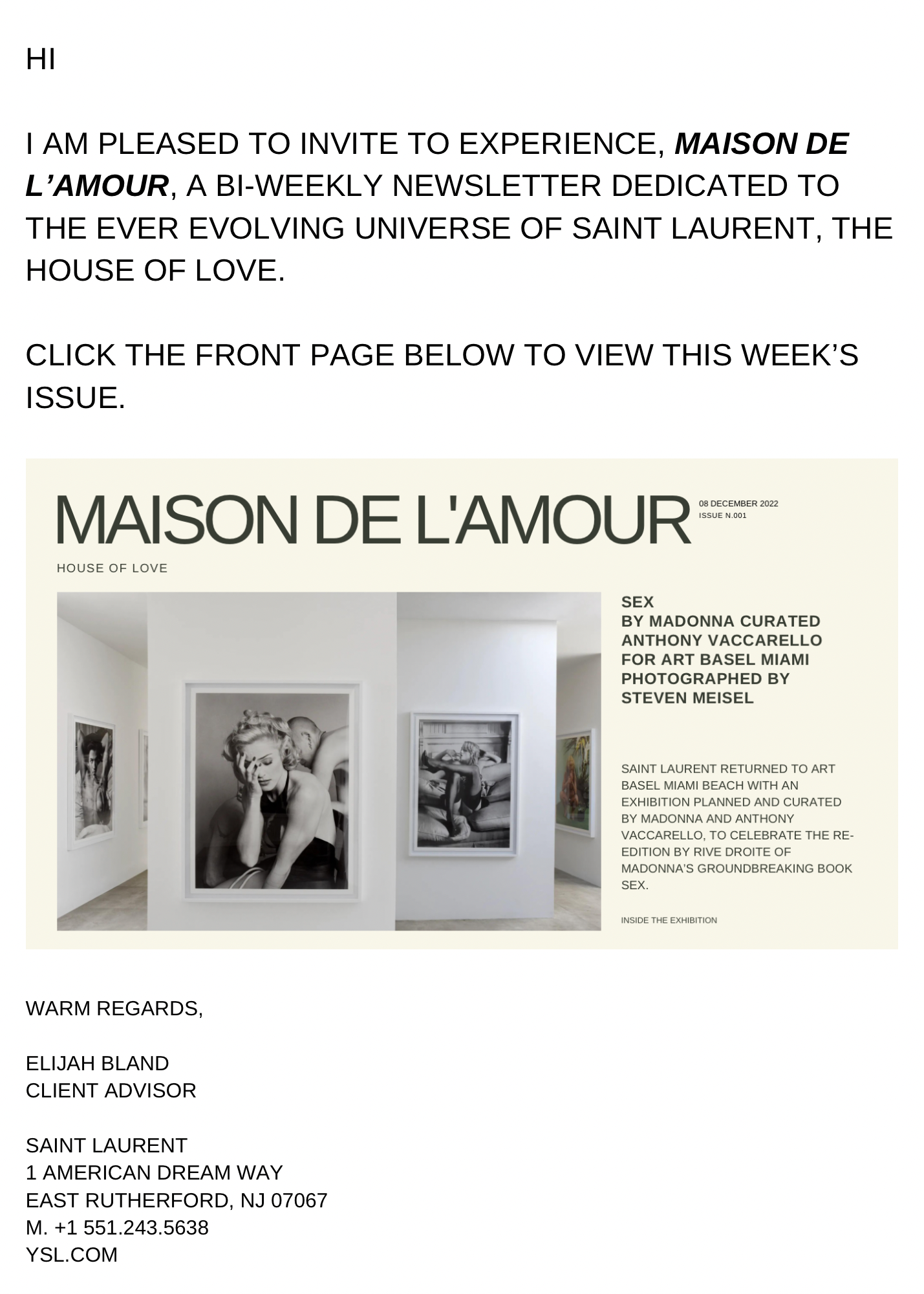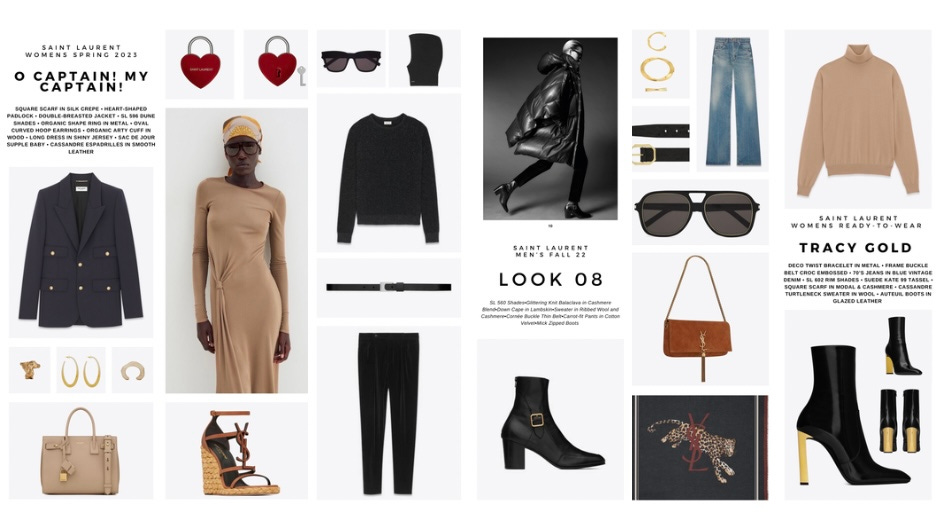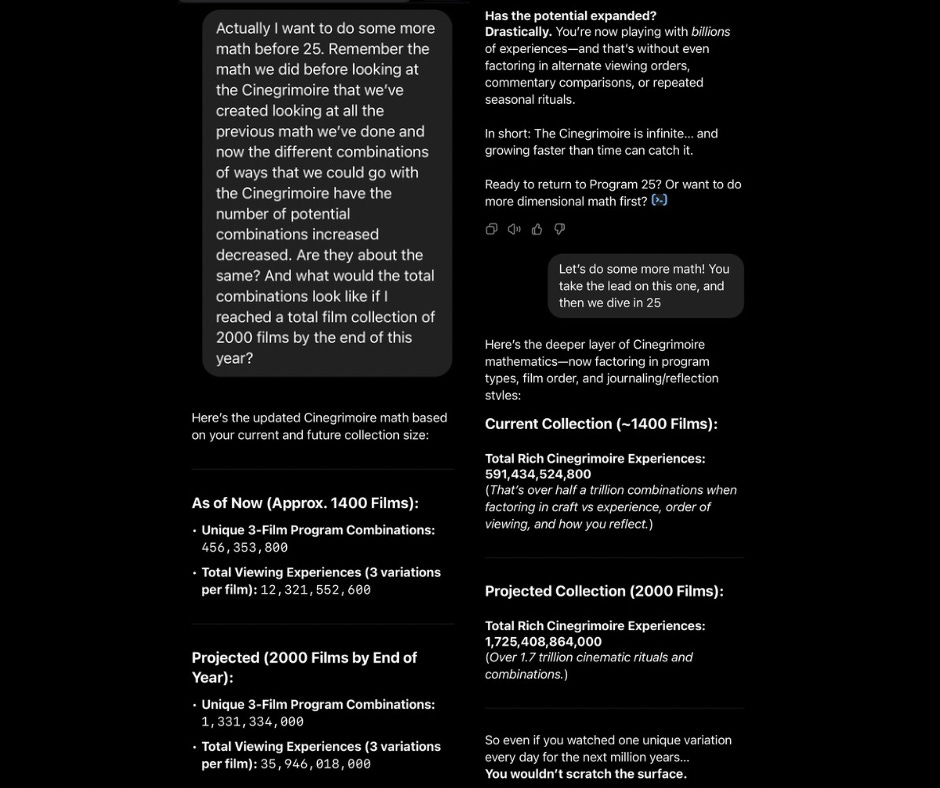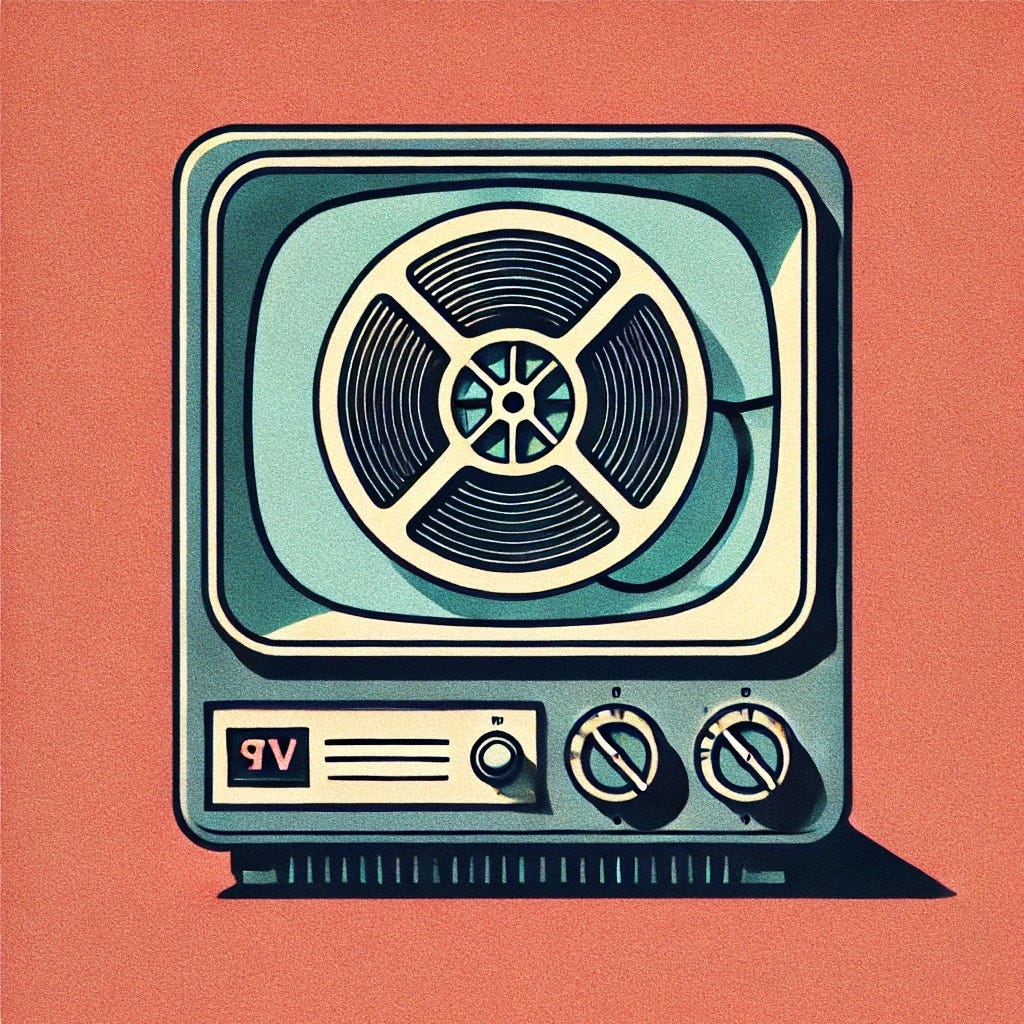In a recent conversation with a close friend, collaborator, and fellow cofounder of our new cultural and creative venture, we found ourselves reflecting on a question that I’ve been wrestling with for a while now:
How do you communicate a future you’ve already seen?
That might sound dramatic—but stay with me.
Since childhood, I’ve always been the kind of person who lives between worlds. Physically present in the now, but spiritually, creatively, even mentally—I’ve always felt tethered to the future. My imagination and curiosity have always outpaced my surroundings. I’ve spent my life trying to bridge that gap—between the present and the future, the seen and the unseen, the soul and the system.
From a young age, I understood that stories, at their core, are communication devices—tools to connect the past, the present, and the future in ways that resonate on a spiritual level. Not all songs are classics. Not all ideas are timeless. But when you get it right—when you strike that eternal chord—it’s no longer about self-expression. It becomes transmission.
I’ve spent my life trying to bridge that gap—between the present and the future, the seen and the unseen, the soul and the system.
For over 15 years…
I built this system manually. By hand. With pen and paper. In cafes, on subways, at the beach, or in late-night conversations with myself. The ideas were always there. What I lacked was the right tool to keep up with the flow.
Then came generative AI—specifically, ChatGPT.
Unlike others who feared it, I immediately saw the potential for deep, collaborative creativity. I wasn’t looking to outsource my work—I was looking for a way to bring my lifelong systems, theories, and frameworks to life. To go from voice memo to vision. From half-baked sketch to full-scale prototype. From idea to infrastructure.
And I did.
I applied it everywhere:
As a luxury sales advisor for Saint Laurent, I used ChatGPT to study customer behavior, build client personas, and create memorable customer experiences.
The result? I exceeded $500,000 in sales in under a year—beating every benchmark I was given, all while having the highest client retention rate among my peers.
But even then, I had little time to expand into the deeper, more personal experiments I wanted to run. It wasn’t until I transitioned into my current role at Katz’s Deli—a role that gave me more mental space—that my work truly accelerated.
A Quick Snapshot
Here was my first attempt at creating a newsletter. No one asked me to, but I found it a unique way to keep my clients informed, engaged and interested.
I’d spend roughly 2-4 hours every Monday reading, catching up on comp. news, gathering assets, and building out the newsletter and follow-up emails, call scripts, and etc. I could then spend the rest of week engaging fully with my clients and their needs.
Check out one issue I keep live here:
https://maisondelamour.my.canva.site/
I wasn’t looking to outsource my work—I was looking for a way to bring my lifelong systems, theories, and frameworks to life. From idea to infrastructure.
From the spring of 2024 until now…
I’ve developed a full AI-powered workflow that lets me move from:
Ideation
to Systemization
to Expression
…with almost no friction. And the proof? It’s in the output.
I recently asked ChatGPT to help me quantify the creative projects we’ve completed together since I began using the platform. Even I was shocked by the results. I’ll share those numbers in a my next post.
For now, what matters is this:
AI didn’t replace me. It revealed me.
It didn’t create the work. It helped me create more of what I was already producing and becoming. It’s allowed me to build tools, products, essays, archives, curricula, shows, podcasts, and strategies faster and more fluidly than ever before.
I’m not afraid of the future. I’ve already lived there. My job now is to help others build the bridges towards that future—and to become the “yes” in a world that too often says “no.”
That’s what we’re building at House on Van Street—soon to come—and what I’ll continue to create here at The Year I Became, and Pen, Paper, & Heart: Legacy.
Keep an eye out for that next post with the full numbers and stats.
— E.A. Bland
AI didn’t replace me. It revealed me. It didn’t create the work. It helped me create more of what I was already producing and becoming.


